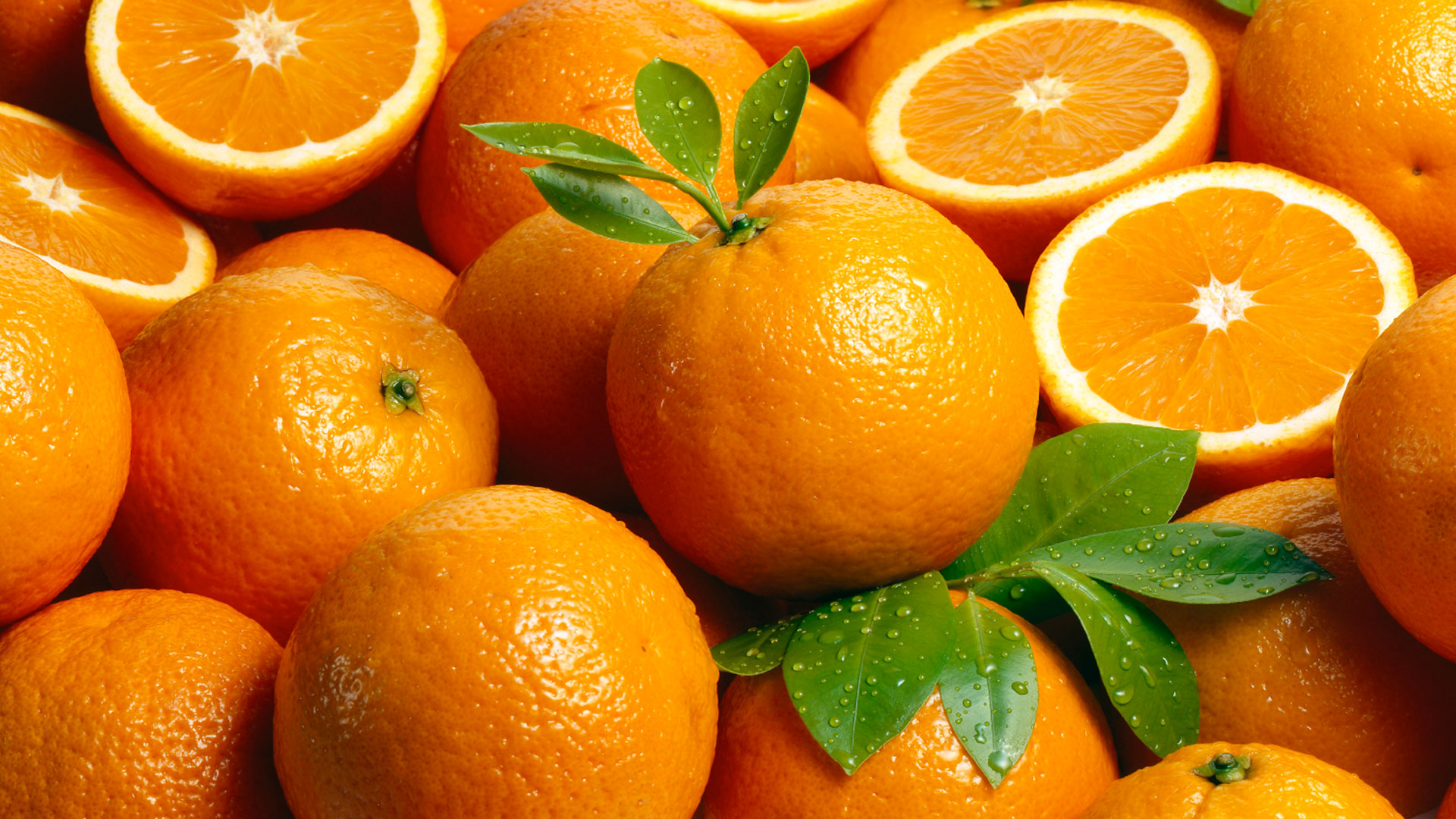In Indonesia, production of oranges is in some places more attractive for farmers than production of palm oil commodities. The rapid growth of orange production in Indonesia, reached 60.000 ha in 2014, and is still expanding. An increasing demand for compound fertilisers for use in citrus in Indonesia has not been followed by a supply in the market. Therefore farmers often are not able to meet the needs of their crop. A new type of NPK fertiliser is expected to reduce the farmers problems with nutrient management, but the effectiveness needs to be tested first to derive the proper dose of application to generate the maximal profit.

In the two trials, Qrop® complex Top K 12-6-24 at the highest tested dose in each type (9,38 and 3,75 kg/tree/year split over 3 applications) increased yield in kg/tree/year by 24% and 31% compared to a traditional fertiliser application.
Target for citrus production in Indonesia to meet domestic demand, exports and processing industries by 2020, is estimated at more than 6 million MT. Besides the productive area expansion, there is potential in increasing the low current average yield (20-40 MT/ha).
In two orchards with 4 year old citrus trees, of the varieties Siam and Terigas, a scientific trial was performed by the Indonesian Research Institute in citrus and subtropical fruit, in collaboration with SQM Europe N.V., from November 2016 till August 2017. Both locations had comparable inceptisol soils. The trial with a total of 6 treatments (Table 1) was designed in a randomised complete block with 4 repetitions and 2 trees per plot. Expected yield for the Siam variety was 50 kg/tree/yr, higher than the expected yield for the Terigas variety trial (20 kg/tree/yr), and the recommended fertiliser rates were adjusted accordingly with a lower NPK recommendation for the Terigas citrus orchard compared to the Siam citrus orchard. Four increasing Qrop® complex Top K 12-6-24 rates - split over 3 applications - were compared to an unfertilized control and the farmers practice using one application of subsidised urea and superphosphate fertilisers and unsubsidised potassium chloride.
Table 1. Fertiliser variations tested in two orange citrus orchards.
1 Single application 2 SP36 = superphosphate 36% P2O5, 3 Qrop® Complex Top K 12-6-24 +
2MgO + 3CaO + 14SO3 +micronutrients, applied in December 2016, March 2017 and May 2017,
with harvest in July/August.
Table 2. Yield results in fruits per tree.
1. Numbers followed by the same letter in the same column are not significantly different
(Tukey, p<0,05)
Table 3. Yield result in fruit quality.
Table 4. Nutrient content of the citrus leaves.
Table 5. Financial results for the farmer. Original figures in IDR nwere calculated to USD using an averaged exchange rate of 1 IDR=0,00007 USD.

1 Plant density: 400 trees/ha. 2 Subsidized price was used for Urea and SP36. 3 Total non-fertiliser costs 4550 USD/ha/year.
Results Highlights
In the two trials, Qrop® complex Top K 12-6-24 at the highest tested dose 9,38 (Siam variety trial) resp. 3,75 kg/tree/year (Terigas variety trial) increased yield in kg/tree/year by 24% resp. 31% over the traditional single fertiliser application of Urea, KCl and superphosphate (Table 2). The highest Qrop® applications also achieved a higher K content in the leaves, and a higher brix value of the fruit juice (Table 3 and 4).
Net profit increased by 6% (Siam variety trial) resp. 38% (Terigas variety trial), despite higher cost of the Qrop® programme at the highest dose rates, thanks to the higher total revenue from the increased yield (Table 5). The difference in profit between the two trials can be explained both by a difference in price received for the two different orange varieties and by soil properties causing steeper dose-response of yield to the increased fertiliser dose in the trial with the highest profit from a lower dose.




